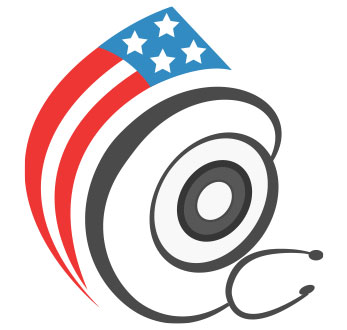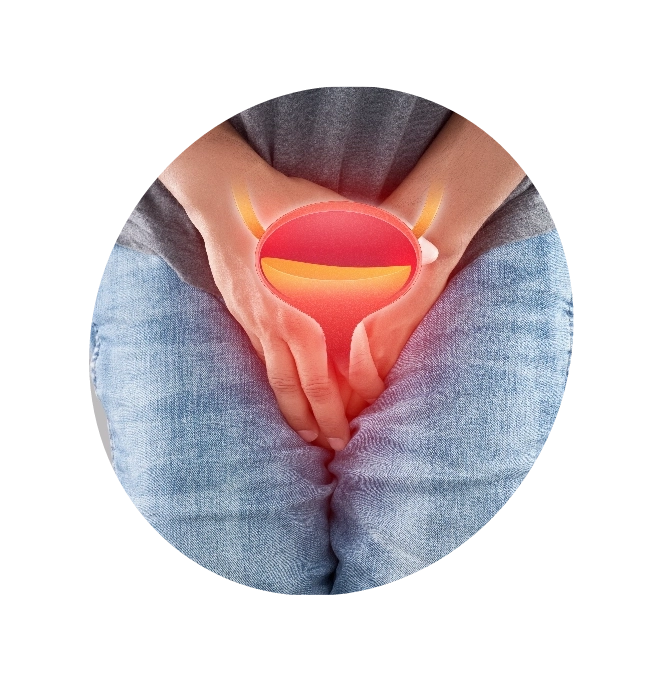About Incontinence
Incontinence, also “urinary incontinence”, is a term used for loss of control in the bladder. Often, this condition is a usual part of aging, but it can affect people from all walks of life. The good news is this can commonly be treated or managed.
It is hard to keep track of the number of people who have this condition. Mostly, people who suffer from incontinence are embarrassed and would prefer to suffer in silence. However, according to the statistics of the American Urological Association, a quarter to a third of people in the U.S. have suffered or are suffering from urinary incontinence.
Here are the types of incontinence:
- Stress incontinence – This is due to the pressure or stress in the urinary bladder.
- Urge incontinence – This refers to the strong urge to urinate and the urine leaking before you can reach the toilet.
- Overflow incontinence – This happens when the bladder fails to empty fully.
- Functional incontinence – This is because of a mental or physical disability.
- Transient incontinence – This is caused by a temporary situation, like having an infection or taking certain medications.
- Mixed incontinence – This means having more than one type of incontinence.
- Bedwetting – This refers to the leaking of urine during sleep.
Incontinence Causes
The causes of incontinence will usually depend if the condition is temporary or persistent. Here are the common causes that have been identified:
- Temporary incontinence
- Large doses of vitamin C
- Caffeine
- Alcohol
- Sparkling water or any carbonated drinks
- Chocolate
- Artificial sweeteners
- Chili peppers or any foods that are high in spice
- Medications like sedatives, muscle relaxants, antihypertensives, and heart prescriptions
- Persistent incontinence
- Pregnancy and childbirth
- Aging
- Menopause
- Enlarged prostate or prostate cancer
- Urinary obstruction
- Neurological conditions like Parkinson’s disease, stroke, spinal injury, brain tumor, and multiple sclerosis
- Urinary incontinence can also be caused by some medical conditions like urinary tract infection (UTI) or constipation.
There are also certain factors that can contribute to developing urinary incontinence. Some of these are:
- Gender – Women are more prone to urinary incontinence mainly because of the normal female anatomy. Also, other things like pregnancy, childbirth, and menopause.
- Family history – A person’s risk of developing incontinence is higher if a family member has the same condition.
- Overweight – being overweight can put pressure on the urinary bladder and the surrounding muscles.
- Smoking – Using tobacco or smoking can further increase the risk of urinary incontinence.
Symptoms of Incontinence
The most obvious symptom of having urinary incontinence is the unintentional leakage or release of urine. This occurrence can be mild, occasional, frequent, or in moderate amounts. How the involuntary loss of urine occurs usually depends on the type of urinary incontinence that you have.
Here are the symptoms based on the types:
- Stress incontinence
- A Sudden extra pressure in the bladder
- Feeling the sudden urge after heavy lifting, sneezing, coughing or laughing
- Urge incontinence – This type is referred to as having an overactive bladder. It occurs when the person has a very short period before the urine starts to leak.
- Overflow incontinence
- Frequent urination
- “Dribbling” or constant dripping of urine
- Functional incontinence – This is usually accompanied by other symptoms due to other underlying causes. Having mobility problems is an example.
- Total incontinence
- Continuous leaking of urine
- Periodic, uncontrolled passing of large amounts of urine
- Mixed incontinence – Symptoms of this form of incontinence involve both stress and urinary urgency.
How to Treat Incontinence?
There are a lot of interventions used to manage or treat urinary incontinence. The treatment that your doctor recommends may vary depending on the severity and form of incontinence you have.
Below are the treatment options for incontinence:

